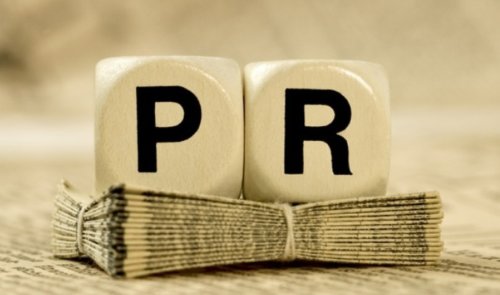
In my earlier blog post I discussed how charities can get started with PR, what to think about when planning any press activity and how to use social media. Yet one of the things that comes up time and time again when I work with charities on their PR is whether they should bother to do a press release.
Press releases can be time-consuming so consider if you really need one or if the time is better spent selling-in a story idea to a particular journalist. If you do a release you need to make sure it has a punchy headline, some good quotes and ideally some new stats or research. Try and keep it to about a page long and put any background info in a ‘notes to editors’ section at the end.
The release should be sent round a few days in advance of any launch with an embargo date (yes, journalists do take note of these dates and don’t tend to break an embargo!). It’s best to send the press release in the body of the e-mail with a short personal note flagging up the story at the top. Once sent, you’ll need to follow-up with calls. Don’t be put off if the journalist is busy, says it’s not for them or is a bit rude. At the end of the day they are inundated with e-mails and calls and if you don’t have a strong story it’s unlikely that they will be interested. Make sure that the subject line gets to the heart of the story and is short and punchy. Don’t bcc as this tends to go straight into junk mail!
What improves your chances of getting a journalist’s attention?
Case studies are a great way to tell your organisation’s story. For journalists, they are key, as they help bring a story to life in a way that a comment by an expert or academic won’t. But remember you have a duty of care to the people whose story you tell. Make sure they are comfortable and confident enough to be interviewed. Use case studies on your website and update them every year. Check in regularly with front line staff as the case study stories might lead to an idea for an article. If you don’t have a story that is very news driven then think about ways that you might suggest feature pieces. Quite often a feature idea can come from the day to day issues you help people with.
Images can be very helpful for social media pieces and/or traditional print press as they can help to illustrate that story or issue. If it is television it is also worth thinking about any filming opportunities that you could suggest. For example, if you have a report about young people and you are working with a particular school or youth club, find out if they would be happy for a journalist to come and film with them. Mention any pictures or filming opportunities/potential interviewees in your e-mail to a journalist. Equally, if you have any key or well-known experts, make sure that you mention them in your pitch e-mail. All this can help if a journalist is interested in the story and wants to know who they can interview.
Finally, prioritise. If you don’t have much time to spend on PR then accept that you can’t do everything at once. Pick out the key audiences that you want to reach and then look at the relevant media, whether that is regional press, trade press or a particular programme. Keep an eye out for journalists who report on certain issues as this can be a good way of suggesting a relevant follow-up story. Once you have achieved some coverage then let staff and supporters know about it by using social media and links on your website. Don’t get put off by brusque journalists, they are busier than ever but if you have a story with a new angle and great people to help tell it, they’d be foolish to ignore you.
